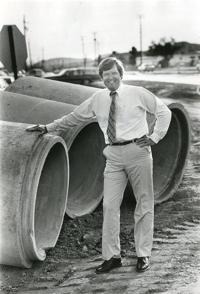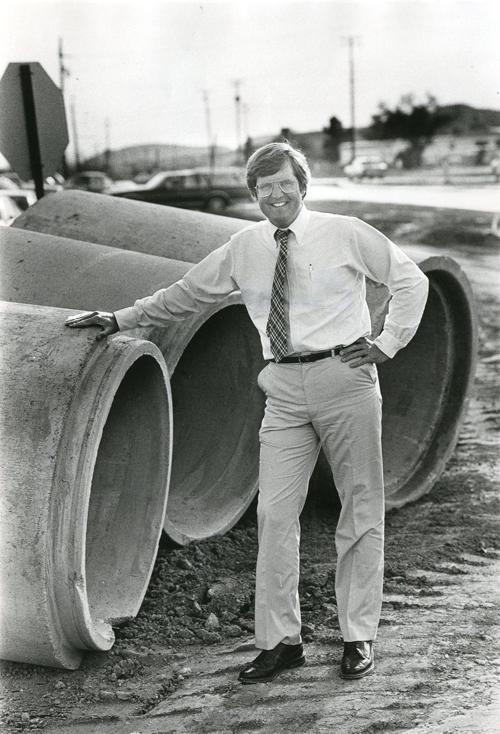Career paths have been having a moment on social media as people post lists of their first seven jobs.
Posts in the popular meme, started by singer Marian Call, are sometimes surprising (who knew Facebook exec Sheryl Sandberg was an aerobics instructor before she started the Lean In movement) and sometimes inspiring (gotta wonder how many dishwashers out there are aspiring astronauts like Buzz Aldrin was in his first job).
Those low-rung experiences are valuable for people who want to climb the ladder, said Lynn Rousseau, an executive leadership coach and owner of The Conscious Leader in Tucson.
A lot of CEOs who come from humble beginnings have a top-notch work ethic and they can relate well to the workers they manage, she said. Those early jobs can also help execs develop drive, decide to become high achievers, and start in a habit of constant learning, she said.
“Most of the CEOs I’ve worked with and talked to have said they never expected to be a CEO,” Rousseau said. “They just kept doing their best work in the jobs they were in and delivering quality work and stretching themselves to keep learning.”
Some of the #first7jobs posts can also be refreshing reminders that it takes hard work to get to the top.
“Do good work where you are,” Rousseau said. Workers who are future CEOs look for opportunities to fill gaps or learn a new skill the organization needs, she said.
Young people today have a different kind of experience in their first few jobs than older generations.
For one thing, fewer of today’s teenagers have jobs.
Arizona teens are less likely to be working now than in previous generations. In the 1980s and ’90s, about half of Arizona teens were working, according to data from the Arizona Office of Economic Opportunity. Now about a quarter of teens are working and another quarter are unemployed.
One factor could be that older workers are laboring on, staying in the workforce and potentially competing with teens for summer jobs or part-time work.
About half of Arizona adults ages 55-64 were in the workforce in the ’80s and early ’90s. Now about 60 percent of people in that age group are working, according to state data.
Paychecks are also a little different. Adjusted for inflation, the ’80s minimum wage of $3.35 an hour would feel like $6.81 in today’s dollars. Today’s minimum wage in Arizona is $8.05 an hour.





